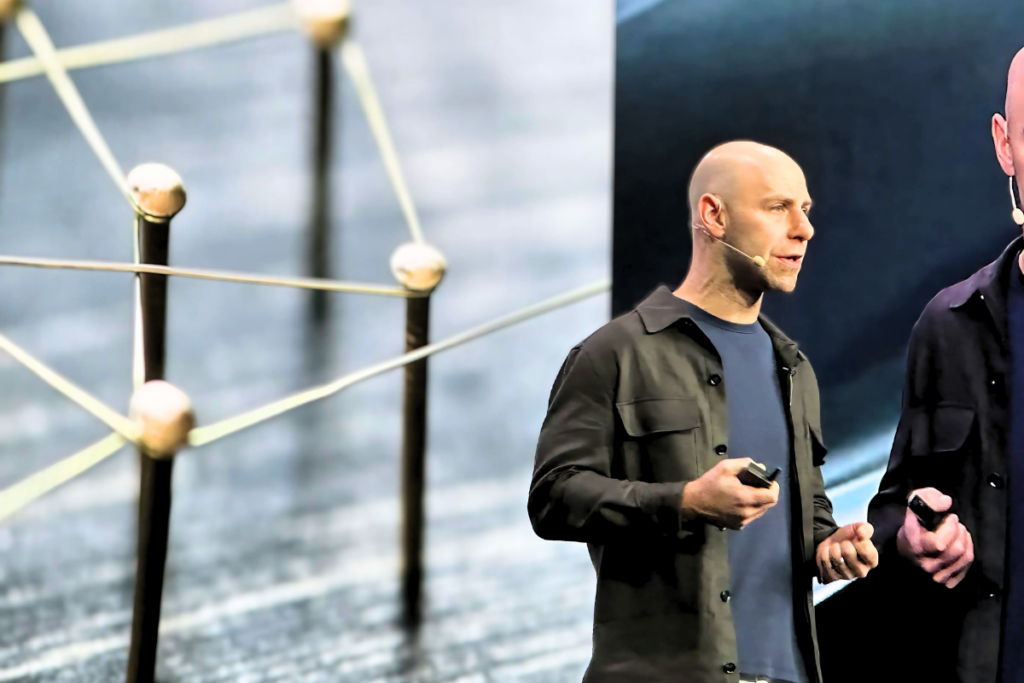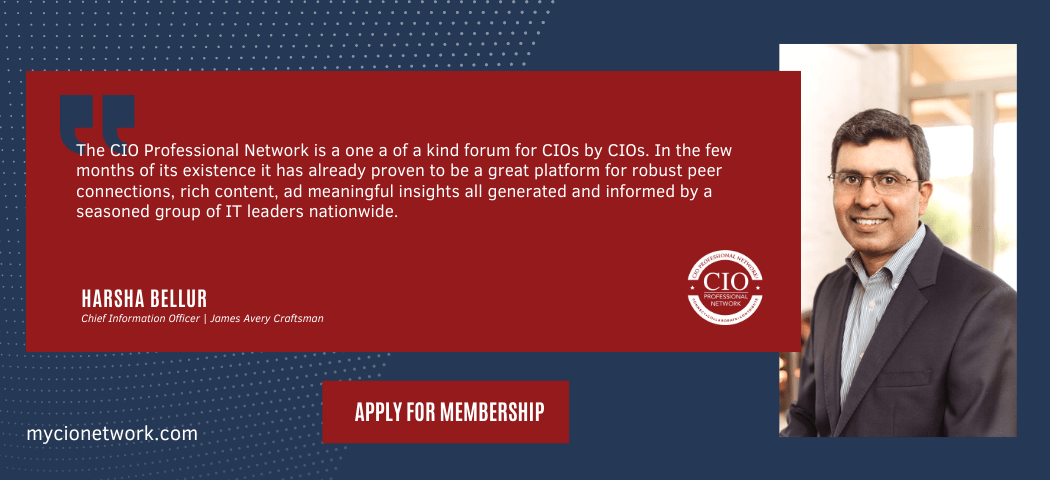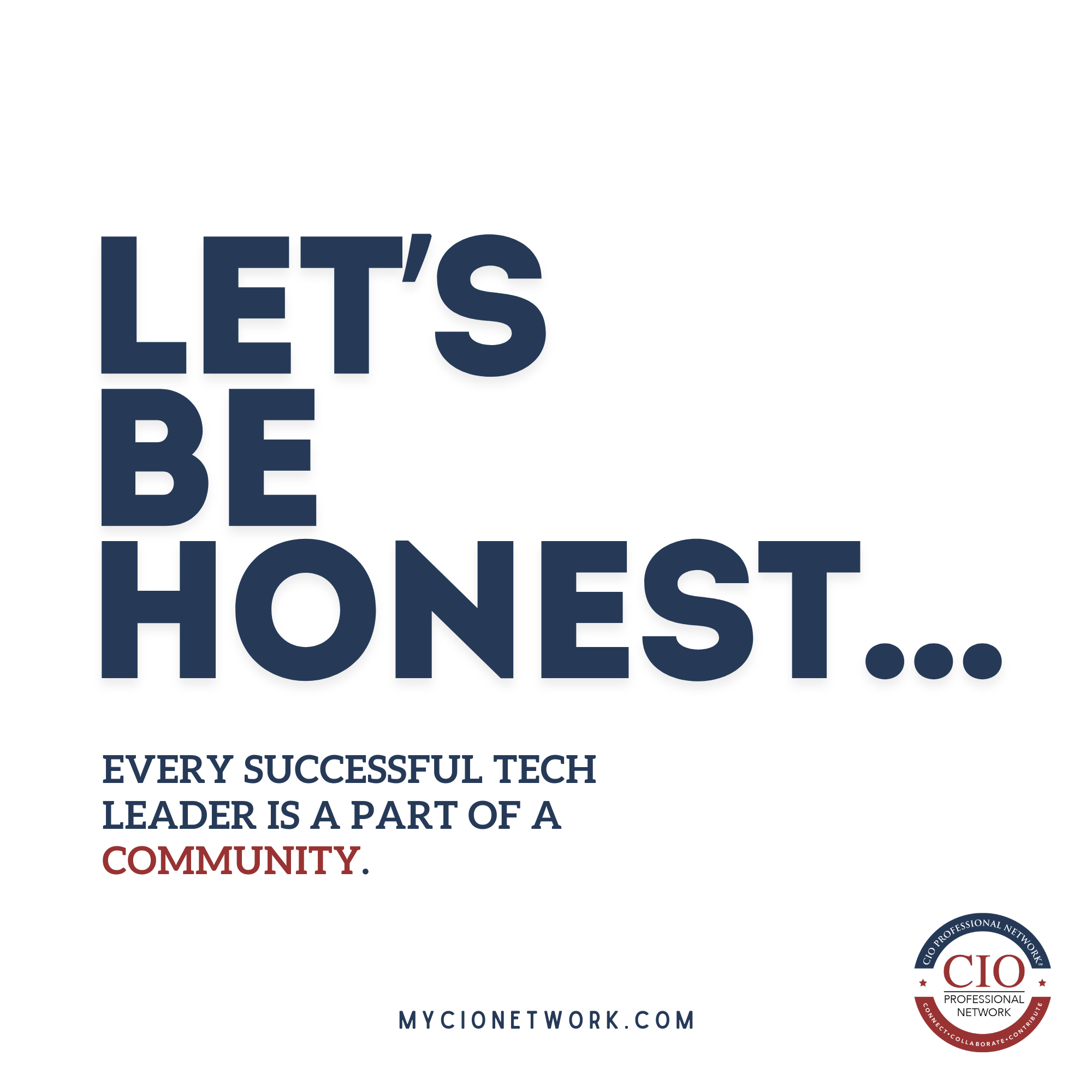At the Gartner IT Symposium, renowned organizational psychologist Adam Grant delivered a compelling talk that focused on how leaders can unlock hidden potential by challenging their assumptions and embracing a scientific mindset.
Grant, known for his groundbreaking work in organizational psychology, emphasized the need for IT leaders to stay ahead of change by continuously rethinking their strategies and fostering environments that encourage innovation.
He argues that those who hesitate to rethink are left behind.
By shifting from entrenched leadership patterns to adopting a more curious, flexible approach, leaders can better navigate their modern businesses.
The Leadership Traps: Preachers, Prosecutors, and Politicians
Grant began by highlighting three common leadership traps: preachers, prosecutors, and politicians.
These roles reflect the ways in which leaders can become too attached to their beliefs, whether by preaching their views, prosecuting others’ ideas, or playing to the crowd. Each of these modes blocks leaders from engaging in meaningful growth and adaptation.
The solution? Leaders need to think like scientists.
This mindset allows them to treat their beliefs as hypotheses rather than conclusions, encouraging an openness to being wrong.
“Good scientists have the humility to know what they don’t know, the curiosity to keep seeking knowledge, and the motivation to look for reasons why they might be wrong.”
Adam Grant
The Importance of Critical Feedback
According to Grant, one of the most valuable assets a leader can have is a challenge network—a group of thoughtful critics who are willing to point out blind spots and offer constructive criticism.
These individuals, whom Grant refers to as “disagreeable givers,” may be tough to deal with, but they are critical for growth because they challenge assumptions that others might be too polite or hesitant to address.
Too often, leaders surround themselves with agreeable colleagues who avoid conflict.
While these individuals make for a pleasant work environment, they are less likely to point out potential problems or flaws in thinking.
In contrast, a challenge network fosters more honest and productive conversations, enabling leaders to make better decisions. For IT executives, this can be particularly important when navigating challenges where missteps can have significant consequences.
Leading with Openness and Vulnerability
Grant also introduced the concept of confident humility, a leadership trait that balances self-assurance with the willingness to admit weaknesses.
Confident humility builds psychological safety within teams—an environment where employees feel safe to voice concerns, admit mistakes, and offer unconventional ideas without fear of punishment.
In his own career, Grant learned the power of confident humility when teaching a leadership course to Air Force generals. Initially, he tried to impress them with his knowledge, only to receive harsh feedback. Rather than continuing to bombard them with what he thought they wanted to hear, he admitted his lack of experience compared to the generals in the room, transforming the lecture into a more collaborative and peer-to-peer discussion. The result was a far more engaged and receptive audience.
For leaders, the lesson is clear: admitting your limitations not only humanizes you but also fosters a culture where others feel comfortable sharing their own challenges and mistakes.
Brainwriting over Brainstorming: Encouraging Creativity
One of the most common practices in organizational settings—brainstorming—is actually less effective than most people think.
According to Grant, traditional brainstorming often leads to groupthink, with ideas being filtered or withheld due to ego threats or production blocking. In a brainstorming session, people may avoid sharing their most original ideas for fear of being judged, or they may hold back because of the influence of dominant voices in the room.
Grant’s solution is brainwriting, where individuals first generate ideas independently before sharing them with the group. This approach maximizes creativity by allowing for more diverse input, free from the pressures of group dynamics.
By then pooling and refining the ideas, teams can benefit from individual creativity while harnessing collective wisdom.
This technique is particularly valuable for IT teams tasked with solving complex technical problems or innovating in fast-changing markets. Brainwriting ensures that all voices are heard and that unconventional ideas are given space to develop.
Effective Communication of New Ideas
An impactful moment in the keynote was when Grant demonstrated an exercise that vividly illustrates a common leadership challenge: failing to effectively communicate ideas. In this exercise, participants were asked to clap the rhythm of a well-known song, expecting others to recognize it. However, most people fail to guess correctly because they can’t hear the melody in the claps alone.
The person clapping assumes the tune is obvious, but to others, it’s incomprehensible.
This disconnect mirrors what often happens when leaders present new ideas. Because they have spent time developing and refining the idea, they assume others will immediately understand it as well. However, without proper communication, the concept may remain unclear to the audience.
The solution is to over-communicate and reframe ideas in ways that are relatable.
This ability to take a complex or unfamiliar idea and make it relatable is crucial for leaders who need to get buy-in for new initiatives, especially in the technology sector.
The Wrap
In an era of rapid technological advancement, these principles are especially relevant for CIOs and technology executives. The ability to rethink assumptions, embrace vulnerability, and encourage diverse perspectives will be essential for navigating the future of business.
As Grant emphasizes, the most successful leaders aren’t the ones who are always right—they’re the ones who are willing to be wrong, learn from it, and evolve.
In a final note, Grant reminds us that waiting for confidence before taking action is a mistake. Often, the only way to build confidence is by taking the leap.
Don’t wait for perfect certainty—act, learn, and keep rethinking.






